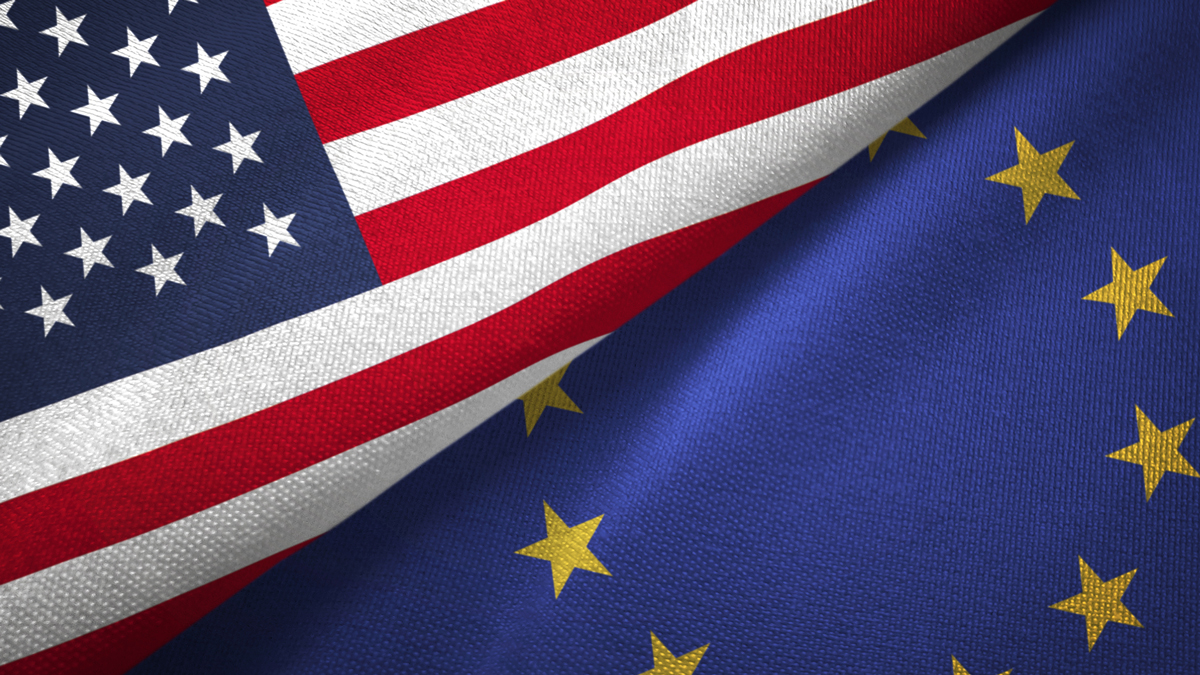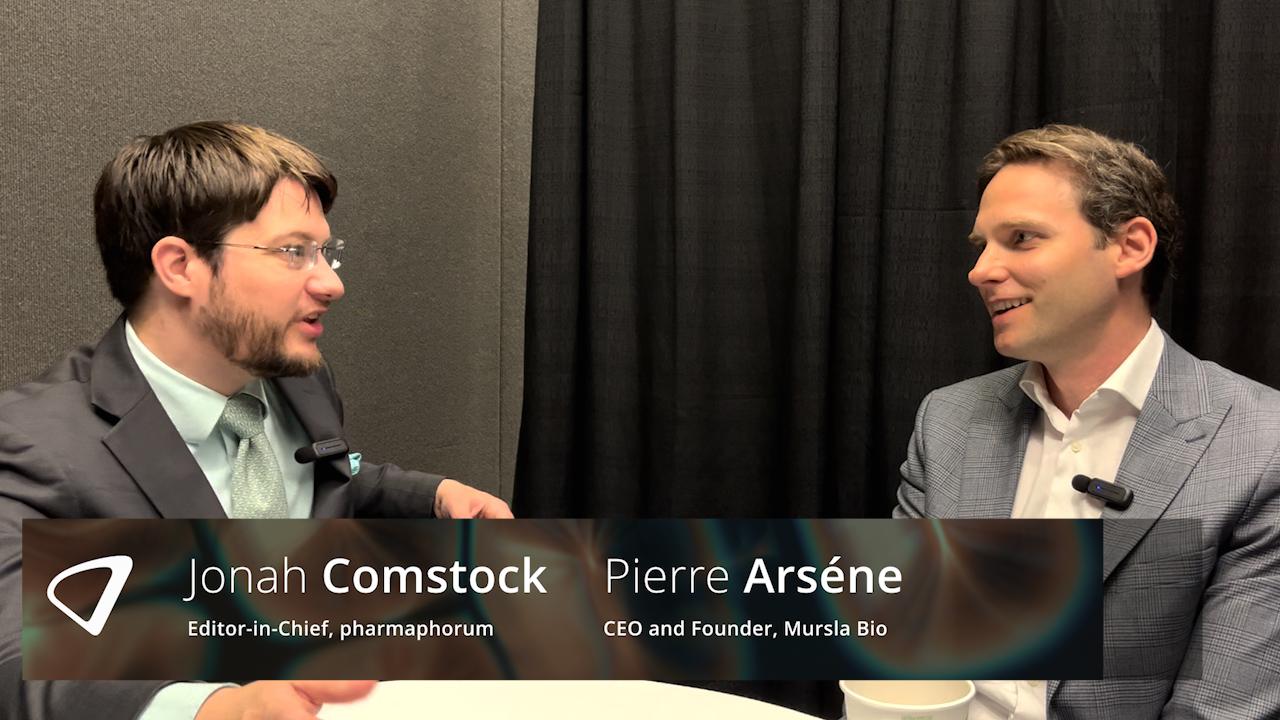Biosimilars: a rapidly maturing market

Adoption of biosimilars in the US has been notoriously slow, but biosimilars manufacturers and outside observers expect this to change rapidly in the coming years. Ben Hargreaves takes a look at why uptake began slowly in both the EU and the US, and then began to accelerate to see biosimilars take a large portion of market share away from originator products.
With the emergence of COVID-19, the broader challenges facing healthcare systems across the world had been set aside in light of the global effort to counter the pandemic. However, one of the larger issues, the cost of healthcare, has been brought back to attention as the worst of the pandemic has passed.
The global health crisis caused spending on healthcare to increase, due to the funding provided to the development and purchases of vaccines and treatments, as well as support provided for the associated infrastructure. This contributes to the overall trend of rising healthcare costs, due to ageing populations and increasing levels of chronic diseases, the latter being a particular problem in economically developed countries,
As a result, finding a means of delivering savings in healthcare is becoming more urgent. One way in which the pharmaceutical industry and regulators have reacted is by developing or facilitating the development of biosimilars. In the US, 2% of all prescriptions are responsible for 37% of net drug spending through the use of biologic treatments.
This is where biosimilars can step in: a biosimilar is defined as a biologic medical product that is highly similar or is an almost identical copy of an original, branded, product. Despite providing effectively the same treatment, the biosimilar product can be offered at a discounted cost to the branded product, generating cost savings for the system.
The short story so far
In both the European Union (EU) and the US, biosimilars do not have a particularly long history on the market, with the first of such products approved in the EU in 2006 and in the US in 2015. As a result of biosimilars being a relatively recent development, the markets for the product have taken time to develop and the benefits of biosimilars are still being established.
Samsung Bioepis, which was a joint venture between Biogen and Samsung until the latter bought out the former, is a developer of biosimilars and has been working in the area for the last decade.
“When we started a decade ago, biosimilars were still new to many in the industry,” a spokesperson for Bioepis told pharmaphorum. “There have been some knowledge gaps, and more reluctance to use biosimilars, partly because of the lack of familiarity with the concept of biosimilars and different approval pathway compared to novel biologics.”
In the US, this led to slow uptake of biosimilars once they were finally approved. According to research by the Association for Accessible Medicine (AAM), in 2015 through to 2018, the limited market share gained by the nine biosimilars approved during those years meant that $2.1 billion in savings were lost during this period. However, in the early years of biosimilars in Europe, there were similar low levels of adoption, with one of the reasons being the lack of understanding of the concept, claims the Generics and Biosimilars Initiative in its research.
Building momentum
In the US, where biosimilars have been on the market for less than a decade, this unfamiliarity is still evident. In a survey by Cardinal Health, 38% of rheumatologists stated that their top concern about prescribing biosimilars was concern over efficacy, and 21% noted concern over lack of economic benefit. As a result, of those surveyed, the majority were reluctant to use biosimilars products with their patients, despite the fact that biosimilars have been shown to have similar efficacy to originator treatments and to be more cost efficient.
However, there is evidence that the tide is beginning to turn in favour of biosimilars usage. In 2020, AAM’s research showed that savings from the use of biosimilars tripled from 2019. The success has been particularly notable for treatments in oncology, where three biosimilar products bevacizumab, rituximab and trastuzumab, gained nearly 60% of market share from originator products.
A spokesperson for Amgen, a company with a portfolio of five FDA-approved biosimilars, told pharmaphorum, “33 biosimilars have been approved and 21 biosimilars have been launched, providing patients with a range of treatment options and a greater degree of flexibility of choice. In the US, biosimilars have gained significant share in the majority of therapeutic areas where they have been introduced.”
To support this statement, they cited Amgen’s own research showing that biosimilars launched in the last two years average 65% of market share against only 13% of those launched prior to 2019.
In Europe, IQVIA found a similar situation wherein biosimilars reached 50% of market share of the originator drug within less than a year of launch, while previous product launches took over two years to manage a similar position. The spokesperson for Samsung Bioepis explained that part of the reason behind this has been the work that the European Medicines Agency and the industry have done “to educate healthcare professionals, including nurses, and this has helped increase confidence [in biosimilars].”
Bright future for biosimilars
What these signs point towards is an acceleration of the adoption of biosimilars, which could increase as the associated knowledge and familiarity with the products becomes established within healthcare systems in Europe and the US, as well as in other areas of the world.
In its report, IQVIA points towards another factor that could see greater biosimilar uptake: the increasing number of developers and manufacturers of biosimilars. The number of companies with experience of developing biosimilars has grown from just six during the years 2011 to 2015 to 42 between 2016 and 2020. Associated with this increasing number of biosimilar developers is a growing pipeline over the coming years, which has seen IQVIA project savings realised by biosimilar competition in the US to reach $133 billion by 2025, a large increase from that of $7.9 billion in 2020.
The spokesperson for Amgen predicted that this acceleration of savings would be a result of the US biosimilar market maturing quickly: “While the EU’s regulatory system for biosimilar approvals predates the US biosimilars approval pathway, current data included in Amgen’s 2021 Biosimilars Trends Report support that the US biosimilar approval landscape is advancing faster than the EU biosimilar landscape during a comparable period of time.”
Whether biosimilar growth comes through the EU or the US, the market seems set to expand, with growing confidence and an increasing number of approved products set to increase market share. Looking to the future, a major question will be how biosimilars can penetrate markets in wider areas of the globe. However, with the World Health Organization now adding both originator and equivalent biosimilar products to its ‘Essential Medicines List’, the movement towards greater adoption globally seems just a matter of time.




